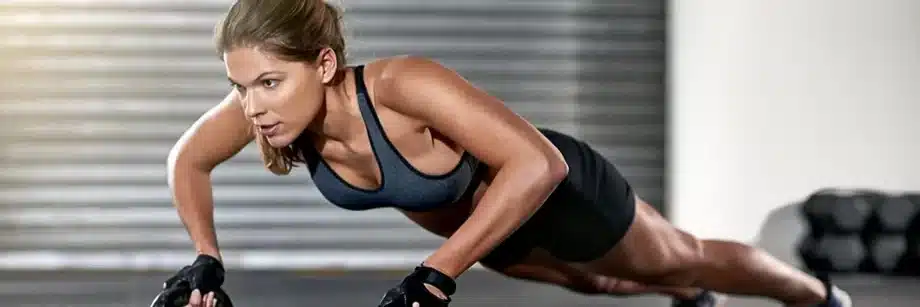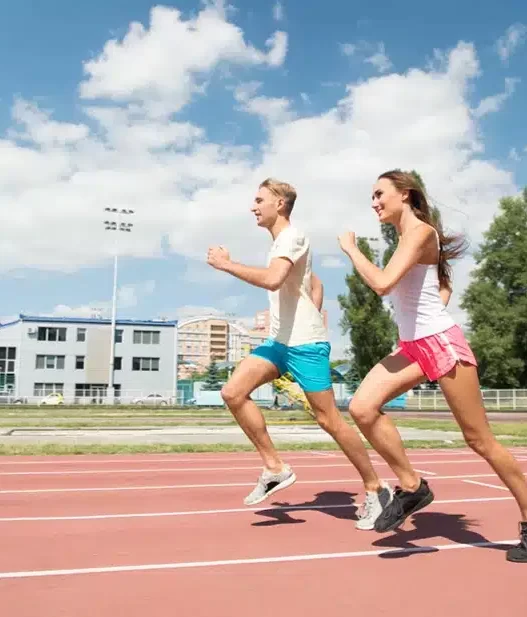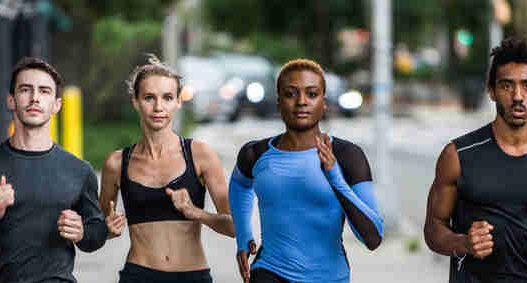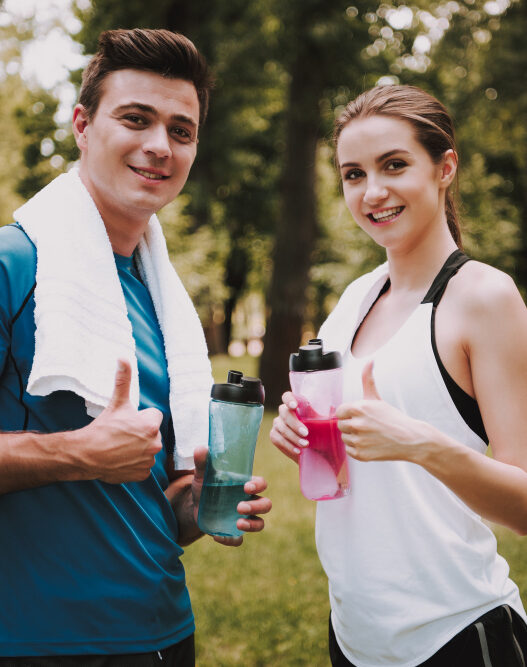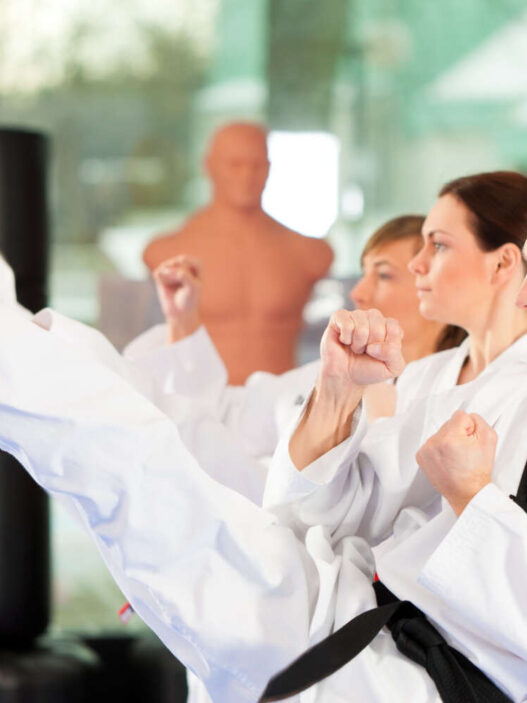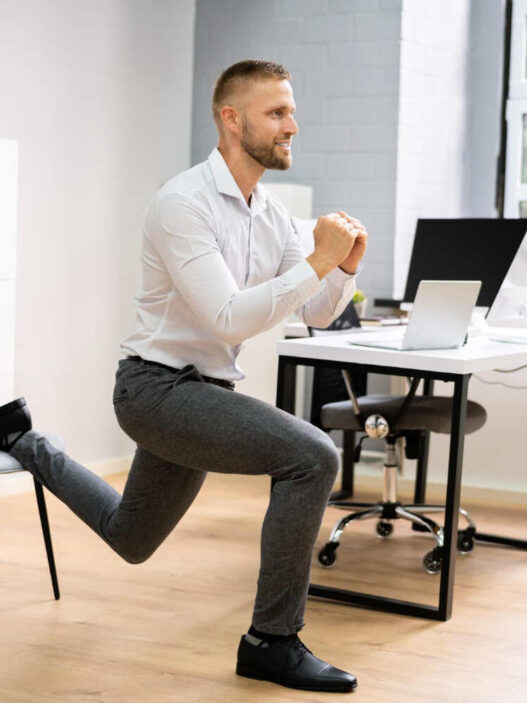Do tight hips or tight hip flexors increase your athletic performance?
Does having tight hip flexors increase your athletic or sports performance or can it contribute to low back pain? My answer would be the latter and the reason why your gluteus maximus and medius play a huge contributor to this issue. The question you are probably asking is how one glute can be related to tight hip flexors and therefore cause low back pain.
The World Health Organization states that 60 to 70 percent of people develop low back pain in well-developed countries. This statistic states that we spend the majority of our time sitting at our desks for long hours. By having this issue, our glutes are basically shut down and not being used at all, therefore tight hip flexors can contribute to low back pain problems.
The important issue that we have to realize is that our body is a kinetic chain and when we have a weak link this can cause a negative chain reaction. How do we remedy this issue, fortunately, I have a solution to address such a common problem.
Below I explain sports performance training to increase your athletic performance, plyometric training including single-leg deadlifts, kettlebell lunges, and more.
The first thing I would incorporate is foam rolling of the piriformis (which is the deep muscle of the glutes) for 3 sets of 30 seconds (i.e. 3*30 sec). Then I would incorporate Wharton’s Active Isolated Flexibility exercises developed by renowned exercise physiologists Jim and Phil Wharton at least twice a day for three weeks. By incorporating these techniques, we will not only break up the adhesions in these particular areas but we will also increase an optimal range of motion in our lower back, glutes, hamstrings, hip flexors, calves, etc.
Now that we increased the range of motion, we must incorporate stability of the low back but we need to know which exercises are optimal. The plank is a good place to start but we can also include exercises developed by renowned physical therapist Jay Dicharry. His book Anatomy for Runners 2012 states that the glutes are the powerhouse muscles for running and sprinting.
Exercises such as donkey kicks, pigeon hip extensions, knee to the bridge, clamshells, single leg bridge with hip abduction, hip hikes, etc. will not only build stabilization and strength endurance for the gluteus maximums (which contributes to hip extension) but also the gluteus medius (which contributes for hip stabilization and abduction).
After these drills have been incorporated, we can perform general strength and sport-specific drills into our routine.
Plyometric Training Schedule
We can start off with the following:
- Body-weight overhead squat
- Goblet squat (with a dumbbell or kettlebell)
- Suitcase split squat (with dumbbells or kettlebells)
The same progression would go on for the deadlift such as a single leg deadlift:
- Hip hinging drills (i.e. bodyweight progressing onto the dowel)
- Kettlebell with a yoga block
- Kettlebell without a yoga block
- Trap bar deadlift
- Single leg deadlift (with a dumbbell or kettlebell)
We can create the same progression with the lunge such as kettlebell lunges:
- Bodyweight Lunge
- Lunges with kettlebells or dumbbells
- Lunge to March with a dumbbell or kettlebell.
The next segment of drills we can add to our routine is running specific drills developed by Igor Ter Ovanesyan. Since running is a skill that is translated into most athletic events, it is very important to teach the optimal movement to enhance this skill.
These drills can be performed in the following:
- Single-Leg Runner’s Poses ( Hold for 60 seconds)
- Single-Leg Runner Pulses ( start off with 2* 15 repetitions and build up to 2*100 repetitions)
- Front to Back Leg Cycling (2*10 repetitions)
- Back to Front Leg Cycling (2*10 repetitions)
The final segment I would work on is plyometric training such as:
- Single-Leg Squat Jumps
- Single-Leg Vertical Jumps
- High Knee Explosive Drill
- Sprinting On the Spot
- High Knee Switches
- Split Squat Jumps
- Hip Drive Drill
- Depth Jumps
- Single-Leg Hops (40 sec on each leg)
- Sprinting On the Spot
- Straight Legged Bounds (Scissors)
- Greyhound Runs (Flying Runs)
- Low to High Cycling Drill
- Single-Leg 4-way Hops
- Snatches (with a Kettlebell, Dumbbell, or Medicine Ball)
- Cleans (with a Kettlebell, Dumbbell, or Medicine Ball)
Plyometric training described above will not only enhance speed and power which is crucial for any athletic activity but also helps to build reactive strength. It will also take care of the low back pain due to tight hip flexors.
We all know speed is a product of stride length and stride frequency, by enhancing the power of our running stride and minimizing our ground contact time, we can get from point A to point B in a relatively short period of time.
Conclusion
In conclusion, by incorporating these routines into your schedule, not only you will remedy a common problem of low back pain due to tight hip flexors that affect most people but also this regimen will help enhance your sports or athletic performance. Also, do subscribe to www.healthieyoo.com.
Related Posts

Venkat Reddy is a NASM certified personal trainer, Certified Strength and Conditioning Specialist (CSCS) through the NSCA and a Functional Movement Screen Specialist who is based in the New York Metropolitan Area, United States

